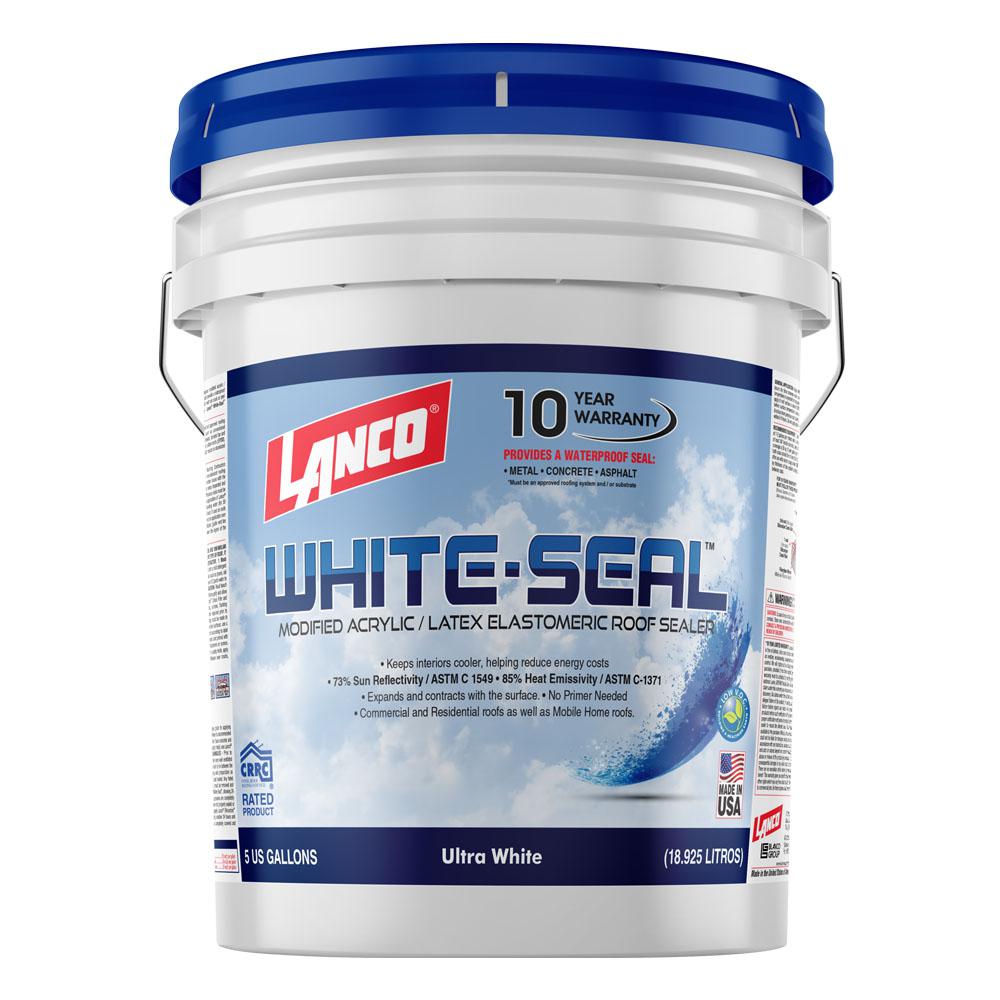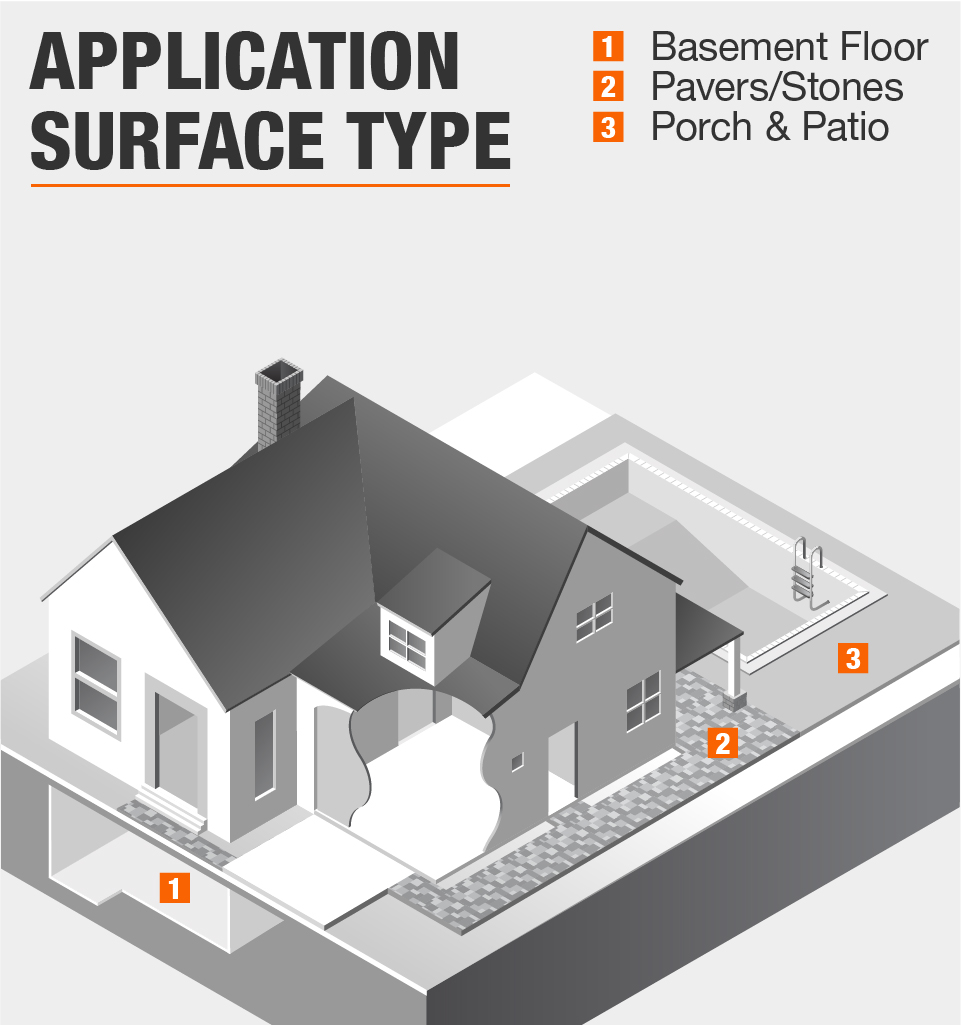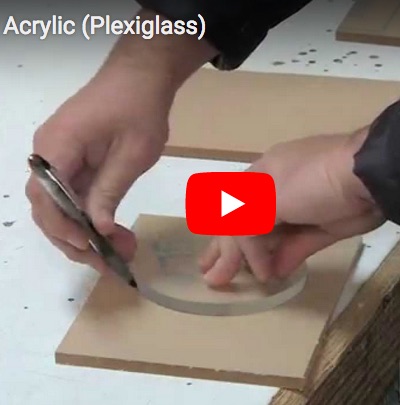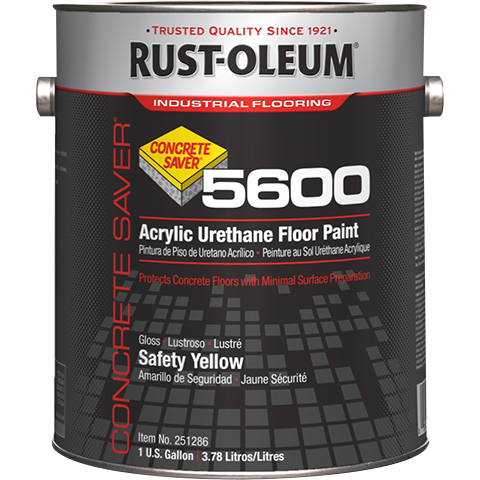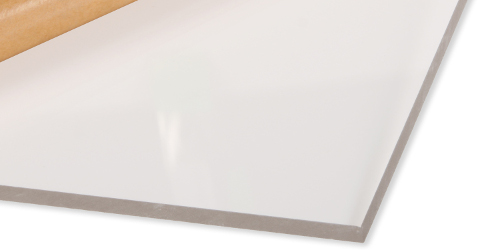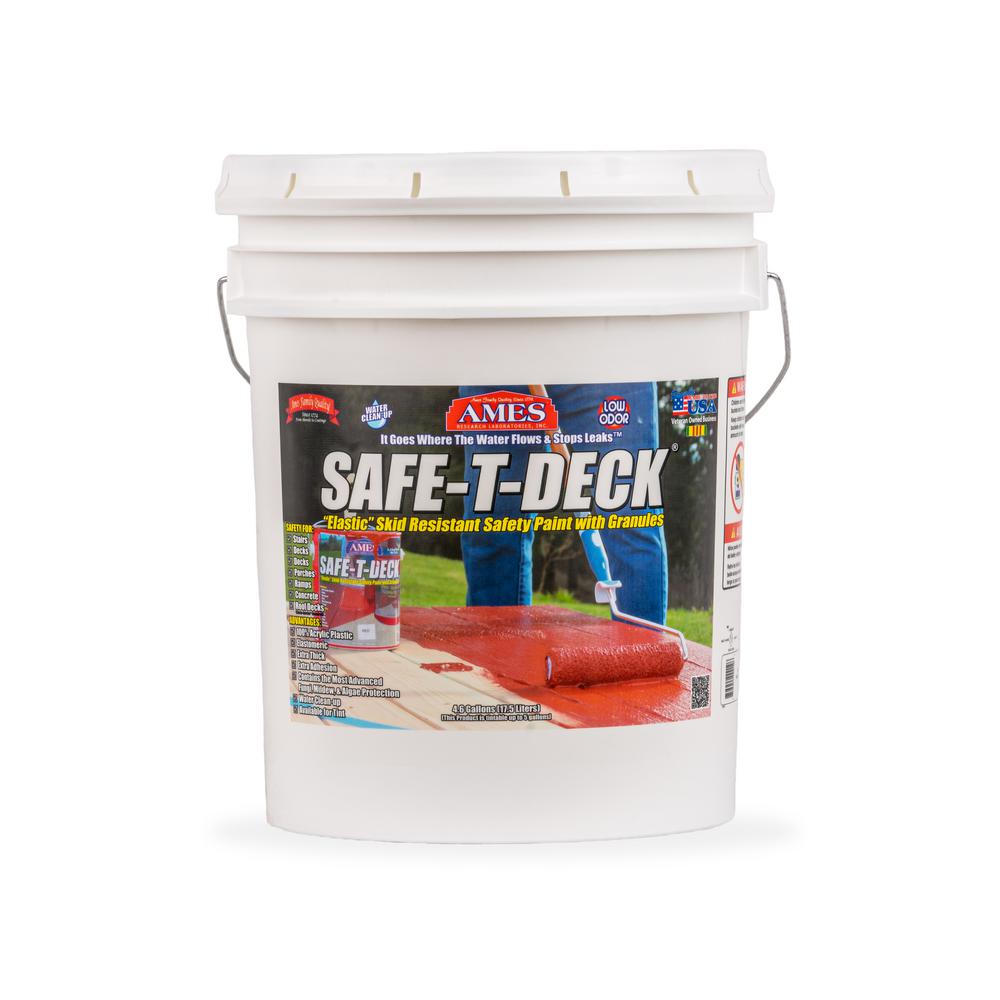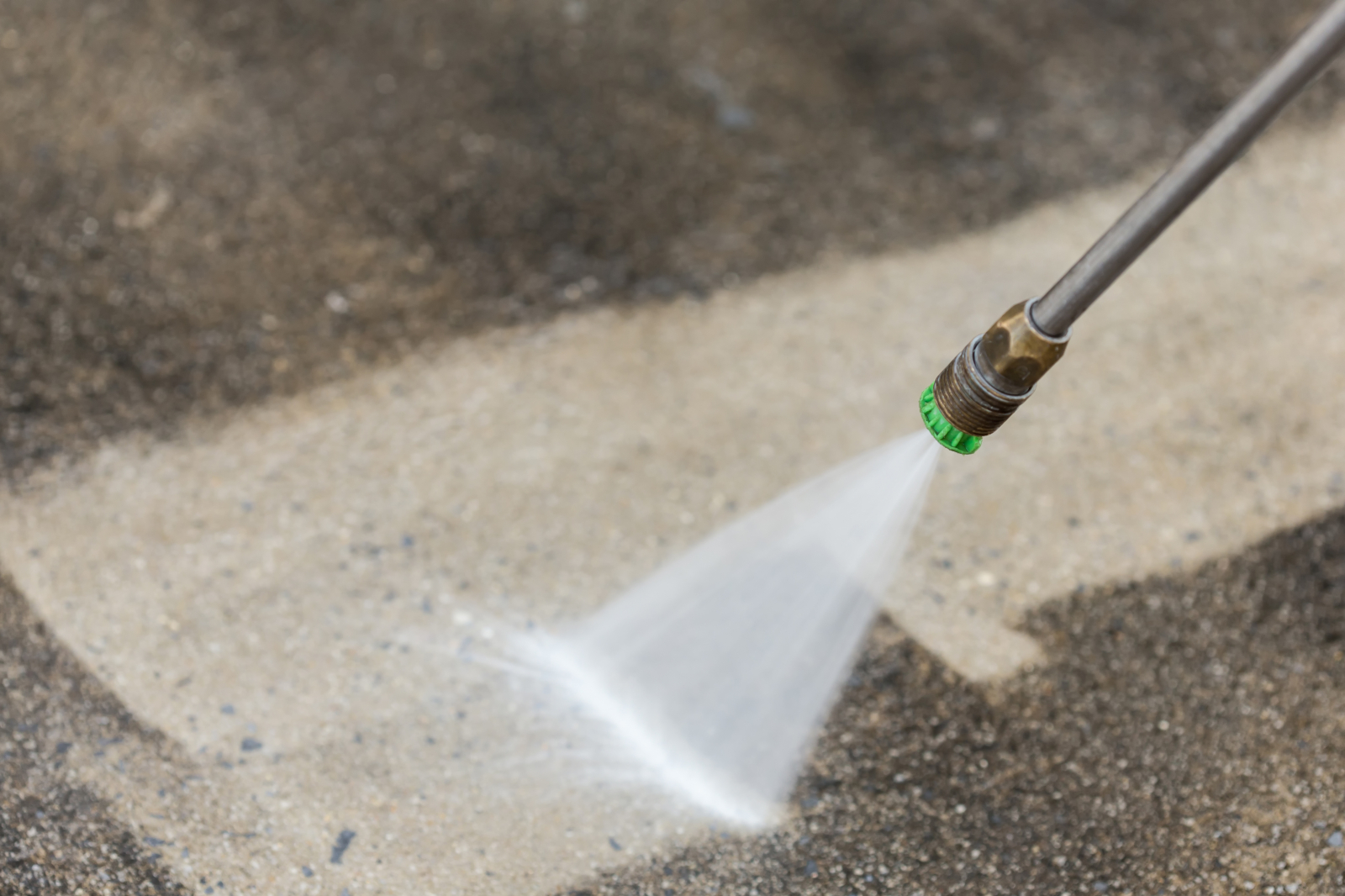Is Silicone Roofing My Slippery Than Acrylic
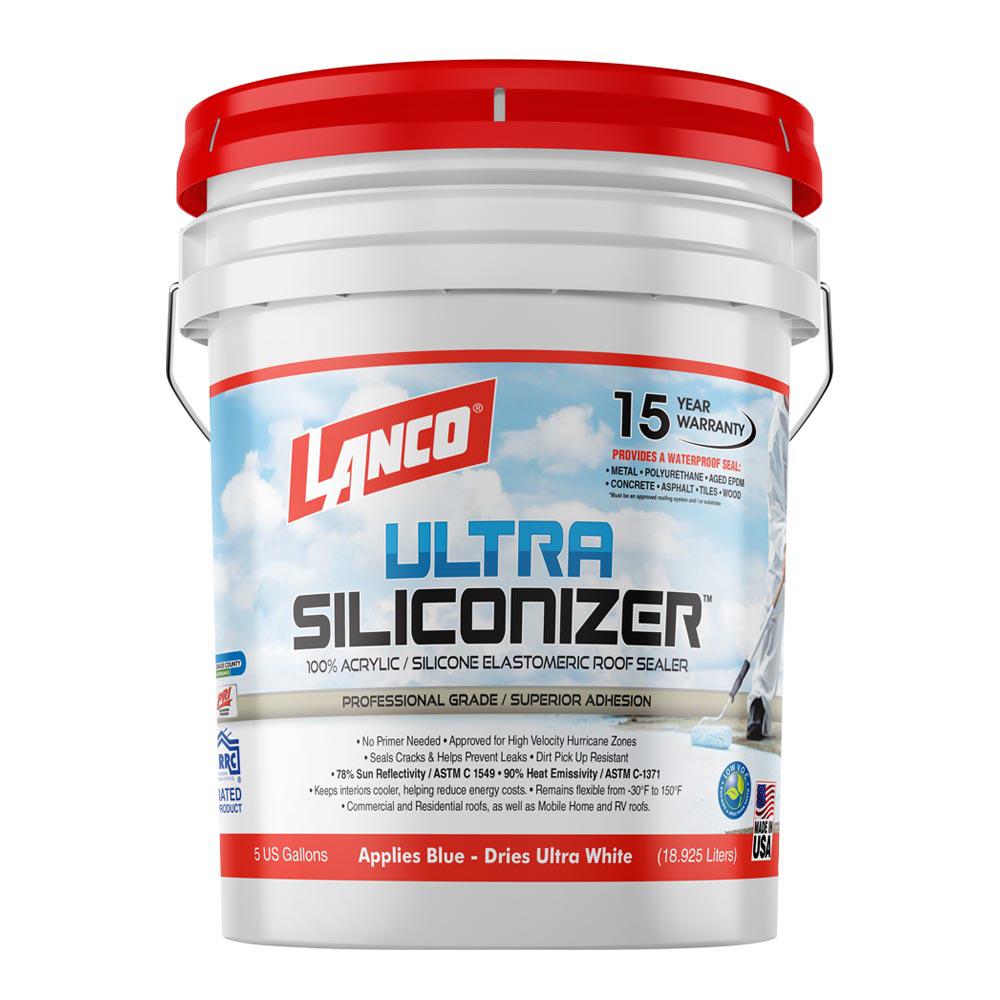
Generally positively sloped roofs with inclines greater than 1 12 are excellent candidates for acrylic top coats.
Is silicone roofing my slippery than acrylic. The two most popular are silicone and acrylic. Silicone coatings have non water based solvents which help them cure better in wetter areas. Nothing sticks well to silicone so once you apply silicone to a roof you will be committed to doing all maintenance and repairs in silicone. For an average 20 000 sq.
Silicone is great for addressing severe ponding water but almost everything else about it is a potential negative. Below is a short analysis of when and where to use either coating to gain the most benefit out of your maintenance and restoration coating choice silicone or acrylic. But there is more to coatings than you might know and you ll want to research how each reacts to materials and adheres to the surface so you know which coating is best for your needs. A silicone restoration membrane srm is a fluid applied silicone coating sprayed directly onto an existing roof system.
Modified bitumen metal built up single ply and spray polyurethane foam. Roofing terrains that exhibit positive sound slope and drainage across the roofing system likely do not have large ponded areas and as a result there is no need to utilize a silicone coating for the entire system. Silicone roof coatings are perhaps the most popular chemistry type in the roof restoration industry and for good reason. Foot commercial roof it will usually cost between 2 00 and 3 50 per square foot in materials and labor to install a typical silicone restoration membrane system.
Benefits of acrylic roof coatings acrylic roof coatings are an excellent choice for many types of substrates. After considering the properties of both acrylic and silicone products we arrive at the conclusion that acrylic roof coatings are the far more cost efficient long lasting and effective method of roof sealing.



